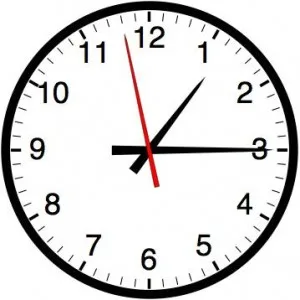 The Wall Street Journal notes that the “causes of overload have long been suspected — email and meetings — but new techniques that analyze employees’ email headers and online calendars are helping employers pinpoint exactly which work groups impose the most on employees’ time.”
The Wall Street Journal notes that the “causes of overload have long been suspected — email and meetings — but new techniques that analyze employees’ email headers and online calendars are helping employers pinpoint exactly which work groups impose the most on employees’ time.”
New software from VoloMetrix “draws data from employees’ email headers and calendars to show whether, how, and how often groups are interacting. It strips out identifying information so that employers receive only data that are aggregated by groups or companywide… But individuals can see confidential weekly ‘dashboards’ showing how much time they spent on email or in meetings. They can also receive confidential reports on their “organizational load,” measuring how the number of meetings they call and emails they generate compares with peers.”
In studying more than 25 companies, VoloMetrix has found executives who consume more than 400 hours a week of colleagues’ time, “the equivalent of 10 people working full-time every week just to read one manager’s email and attend his or her meetings.”
“Common time-wasting habits include copying too many people into emails and overuse of ‘reply all.’ Inviting too many people to meetings is another common mistake, says Michael Mankins, lead author of the study and a Bain partner based in San Francisco. He suggests following the ‘rule of seven’ people at a meeting: Every attendee added to that number reduces the likelihood of making sound decisions by 10%. Another red flag: including people from more than two levels of management.”
Mankins also writes about his research in the Harvard Business Review: “Most companies have elaborate procedures for managing capital. They require a compelling business case for any new investment. They set hurdle rates. They delegate authority carefully, prescribing spending limits for each level. An organization’s time, in contrast, goes largely unmanaged. Although phone calls, e-mails, instant messages, meetings, and teleconferences eat up hours in every executive’s day, few rules govern those interactions.”
